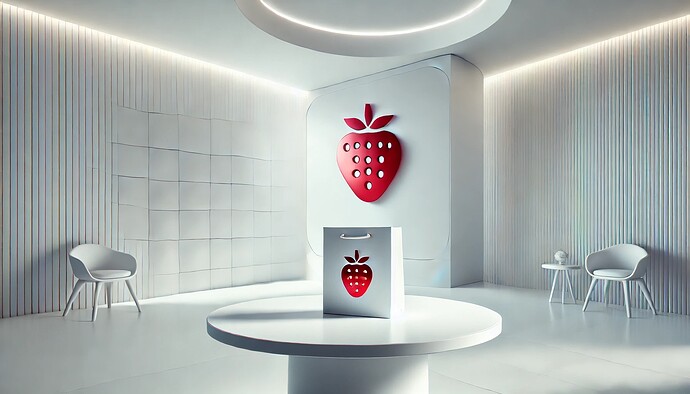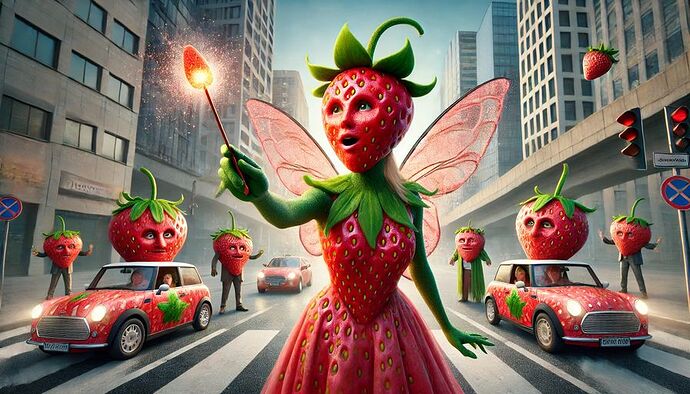Yes, that’s exactly what I suspect: some templates are being used to create a high probability of a harmonious image. But sometimes these are so intrusive that they make it impossible to create certain situations, moods, or creatures. The security system is also very annoying because it only reacts to trigger words without any GPT capabilities. I created a post where such weaknesses can be listed, and everyone is invited to share workarounds they have found. It took me weeks to track these down and recognize some fairly simple things.
I also worked with 3D software and struggled with global illumination, caustics, and volumetric lighting. I was very amazed to see what DALL-E accomplishes in a few seconds without rendering, where a 3D engine sometimes took hours. And I think only people who create 3D or photorealistic images recognize these weaknesses at all.
What frustrated me a lot too is the “mouthy” template, a face template applied to all creatures regardless of how extraordinary they are described. At the moment, I can only create monstrous characters, all others get this silicone/plastic mouthy. If anyone knows a workaround for this, I’m interested. I haven’t been able to remove the mouthy yet, it has ruined many many interesting creatures.
I have tried many things, repeating absolute darkness in the prompt over and over again, explicitly stating that something is the only light source, surrounding everything with black smoke, hellish darkness, etc. It is pure luck to get an image where the lighting templates are turned off. A command like “turn off lighting templates” or “turn off face templates” would be very helpful, but it doesn’t work.
The template system is so easy to trigger that the exact same statements arranged differently sometimes help, but I can’t see a pattern in it yet. It’s as if you have to trick DALL-E to look in the wrong direction for a moment.
I have also encountered the portrait format error a few times, especially when creating creatures. DALL-E either inserts a square image into a rectangle or makes a horizontal format and simply rotates the image by 90 degrees. One trick to get around this was to split the image into two parts and create one side as a full-body image and the other as a portrait image. This doesn’t work 100% but occasionally does.
Here is a post where I tried to collect some weaknesses and tricks to get around them.


































